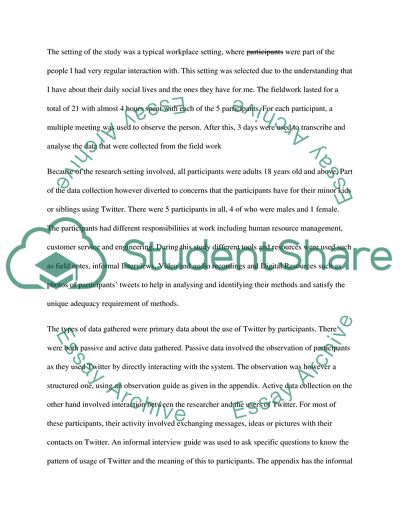Cite this document
(The Use of Twitter in the Organisation of Users Everyday Lives Assignment, n.d.)
The Use of Twitter in the Organisation of Users Everyday Lives Assignment. Retrieved from https://studentshare.org/information-technology/1816164-understand-the-use-of-twitter-in-the-organisation-of-users-everyday-lives
The Use of Twitter in the Organisation of Users Everyday Lives Assignment. Retrieved from https://studentshare.org/information-technology/1816164-understand-the-use-of-twitter-in-the-organisation-of-users-everyday-lives
(The Use of Twitter in the Organisation of Users Everyday Lives Assignment)
The Use of Twitter in the Organisation of Users Everyday Lives Assignment. https://studentshare.org/information-technology/1816164-understand-the-use-of-twitter-in-the-organisation-of-users-everyday-lives.
The Use of Twitter in the Organisation of Users Everyday Lives Assignment. https://studentshare.org/information-technology/1816164-understand-the-use-of-twitter-in-the-organisation-of-users-everyday-lives.
“The Use of Twitter in the Organisation of Users Everyday Lives Assignment”, n.d. https://studentshare.org/information-technology/1816164-understand-the-use-of-twitter-in-the-organisation-of-users-everyday-lives.


